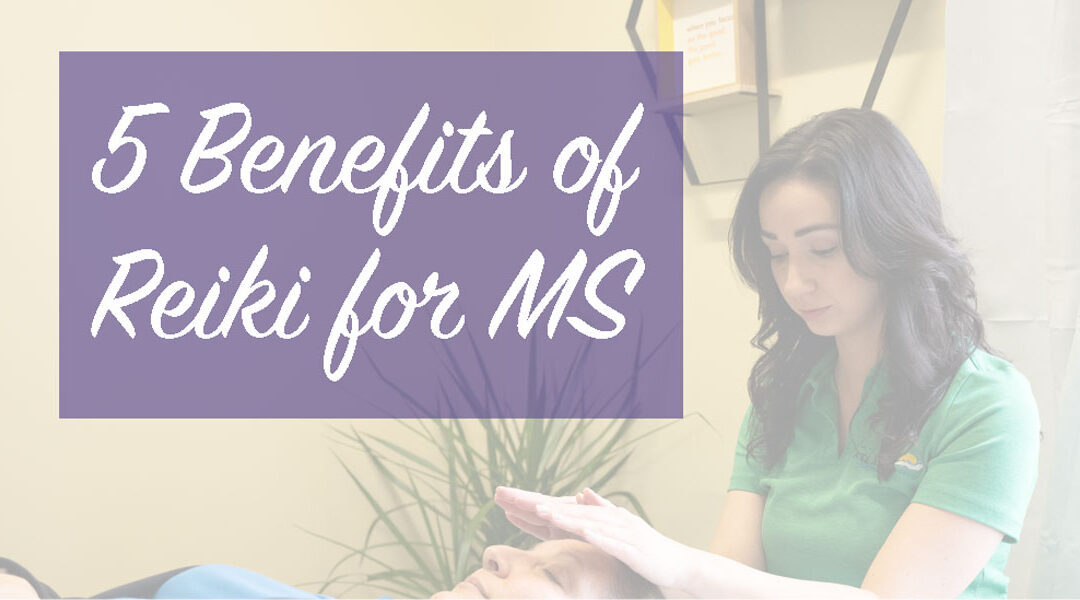
Reiki Benefits for Multiple Sclerosis
1. Better Immune Function
Multiple sclerosis is characterized by problems with immune function. By reducing stress and bringing feelings of calm and well being, Reiki sessions can help improve immune function.
2. Help with pain
Pain can be a daily problem for those with MS. A reduction in pain is often reported for those who undergo regular Reiki sessions. A literature review published in the Journal of Evidence-Based Complementary and Alternative Medicine found that Reiki is a potential treatment for patients experiencing pain.
3. Reduced Anxiety
Although anxiety can be an issue for lots of people, those with MS commonly have increased anxiety. Regular Reiki sessions have been shown to reduce anxiety, which may be helpful for those suffering with an increased anxiety. Multiple studies have shown that Reiki improves physical realxation at a greater rate than a placebo.
4. Fewer symptoms of depression
People who are diagnosed with diseases are prone to depression, especially those with MS due to the symptoms and progression of the illness. A study published in Research in Gerontological Nursing supports the notion that regular Reiki sessions helps improve mood in people with MS.
5. No Risks or side effects!
Some treatments and medications come with the risk of side effects. Reiki is non-invasive, so there is no risk to giving it a try!
Katie Cummings is a PTA and founder of Positive Energy – which offers Reiki inside the Lacey location of Atlantic Physical Therapy Center.

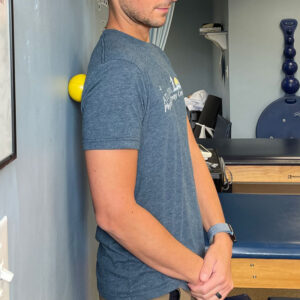
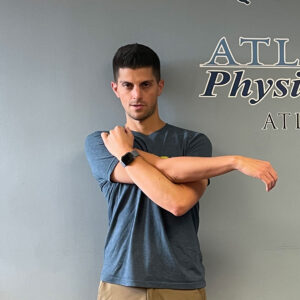
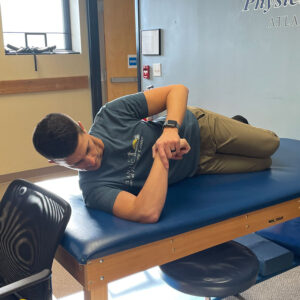



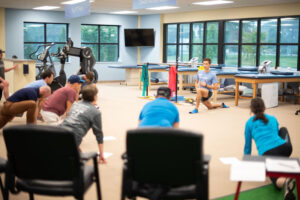

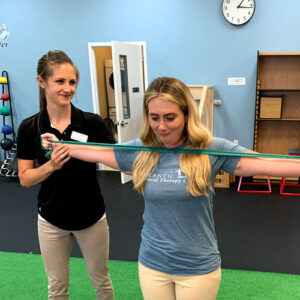
Recent Comments